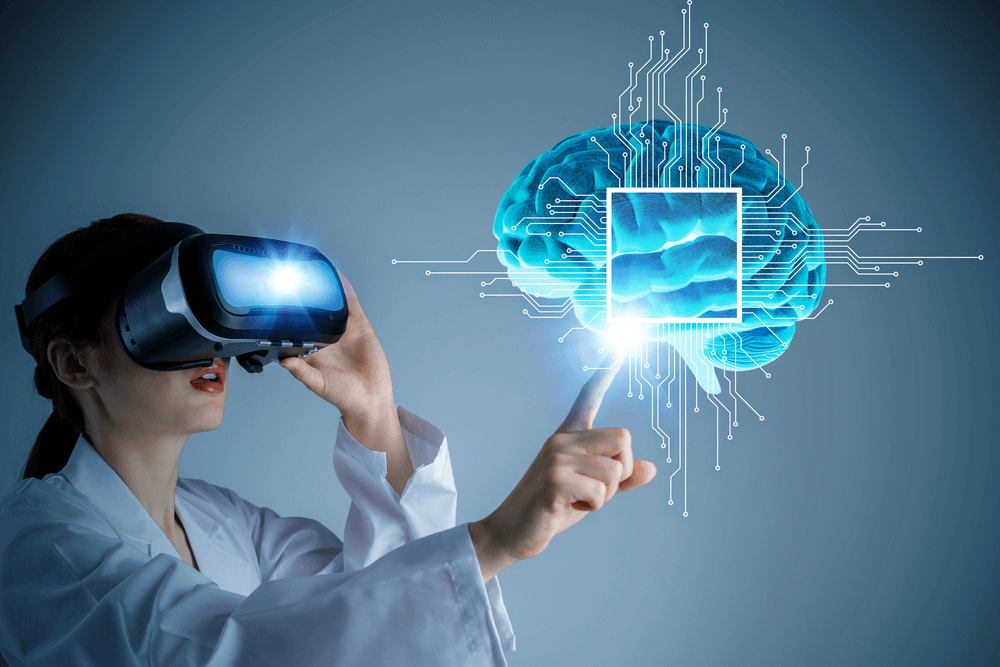In the realm of modern healthcare, the field of medical imaging stands at the forefront of innovation, continually pushing the boundaries of technology to enhance our understanding of the human body. Through a myriad of advanced techniques and cutting-edge technologies, medical imaging not only aids in the accurate diagnosis of diseases and conditions but also plays a pivotal role in guiding effective treatments. This exploration delves into the exciting world of innovations in medical imaging, highlighting their transformative impact on diagnosis and treatment protocols.
1. Precision and Clarity in Diagnosis: Advancements in medical imaging technologies, such as magnetic resonance imaging (MRI), computed tomography (CT), and positron emission tomography (PET), have significantly enhanced the precision and clarity of diagnoses. High-resolution imaging allows healthcare providers to detect even the minutest abnormalities, enabling early intervention and improving patient outcomes. For example, in oncology, advanced imaging techniques help identify the size, location, and nature of tumors, facilitating targeted treatments and minimizing invasive procedures.
2. Functional Imaging: Functional imaging techniques, like functional MRI (fMRI) and PET scans, provide insights into the brain’s activity, metabolic processes, and blood flow patterns. These innovations are invaluable in neurology, psychiatry, and oncology. In neurology, fMRI aids in mapping brain functions before surgical interventions, ensuring critical areas are preserved. In psychiatry, functional imaging offers insights into mental health conditions, guiding personalized treatment plans. For oncology, PET scans reveal metabolic changes in cancerous cells, assisting in staging and monitoring response to therapy.

3. 3D and 4D Imaging: The evolution from traditional 2D imaging to three-dimensional (3D) and even four-dimensional (4D) imaging has revolutionized medical diagnostics. 3D imaging provides detailed spatial information, essential in fields like orthopedics for precise surgical planning or cardiology for assessing heart structures. The fourth dimension, time, introduced in 4D imaging, is particularly valuable in dynamic fields like cardiology, capturing real-time movements of organs or blood flow, aiding in the diagnosis of cardiac conditions and guiding interventional procedures.
4. Artificial Intelligence and Machine Learning: The integration of artificial intelligence (AI) and machine learning algorithms has ushered in a new era in medical imaging. AI-driven tools can analyze vast datasets with unparalleled speed and accuracy, assisting radiologists in detecting abnormalities, predicting diseases, and even suggesting tailored treatment options. Deep learning algorithms can enhance image resolution, reduce noise, and assist in pattern recognition, enhancing diagnostic capabilities and expediting the interpretation process.
5. Minimally Invasive Interventions: Innovations in medical imaging have facilitated the rise of minimally invasive interventions, where interventional radiologists use real-time imaging guidance to perform procedures through small incisions or natural body openings. Techniques like fluoroscopy and ultrasound guidance allow precise localization of target areas, enabling procedures such as biopsies, angioplasties, and catheter placements. These minimally invasive approaches reduce patient discomfort, shorten recovery times, and minimize the risks associated with traditional surgeries.
In conclusion, innovations in medical imaging have transformed healthcare by enhancing the accuracy of diagnoses, enabling personalized treatment strategies, and revolutionizing interventional procedures. As technology continues to advance, the future promises even more sophisticated imaging techniques, providing healthcare professionals with unprecedented insights into the human body. These innovations not only improve patient outcomes but also exemplify the remarkable synergy between technology and medicine, shaping the future of healthcare in profound ways.

